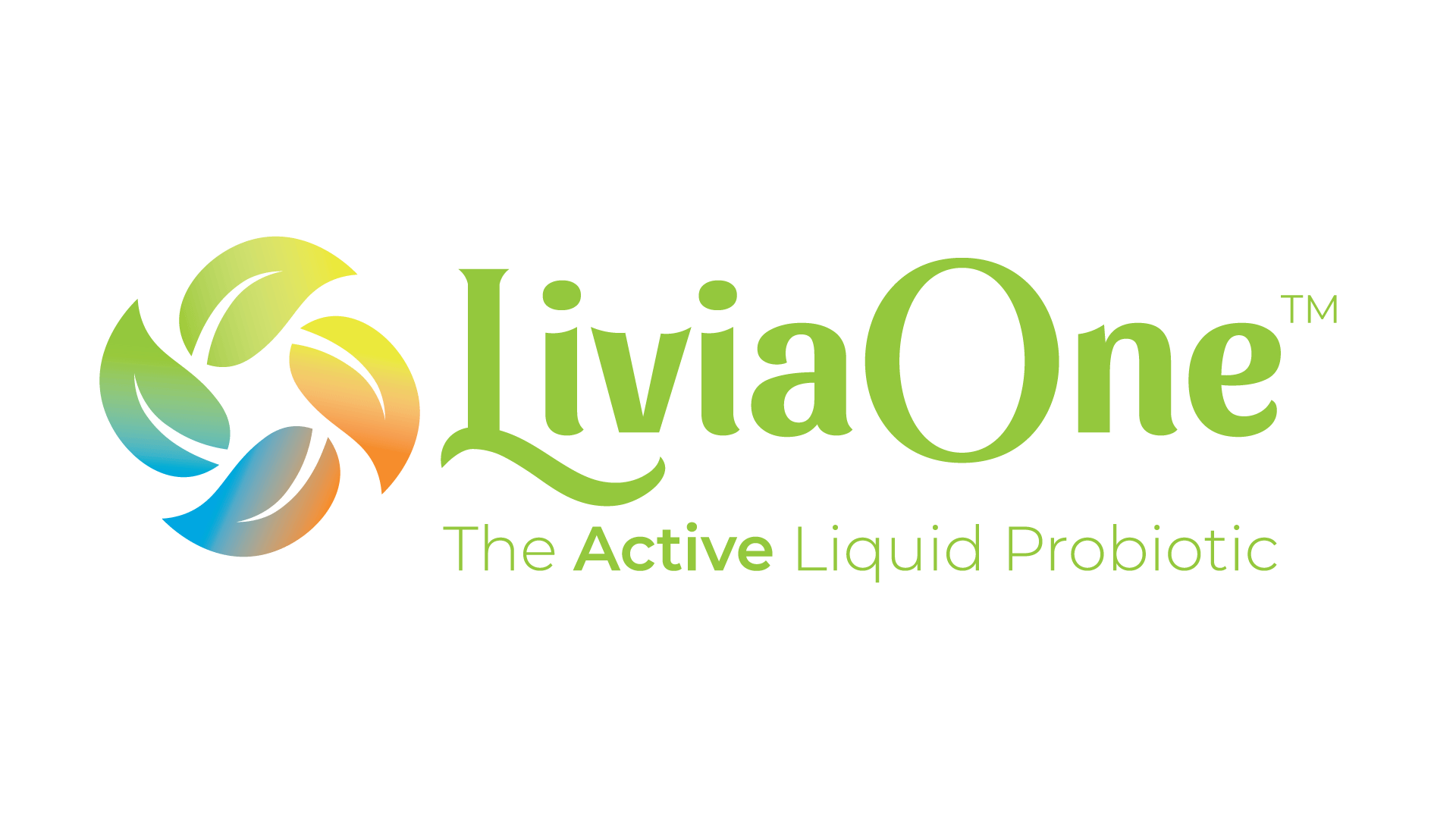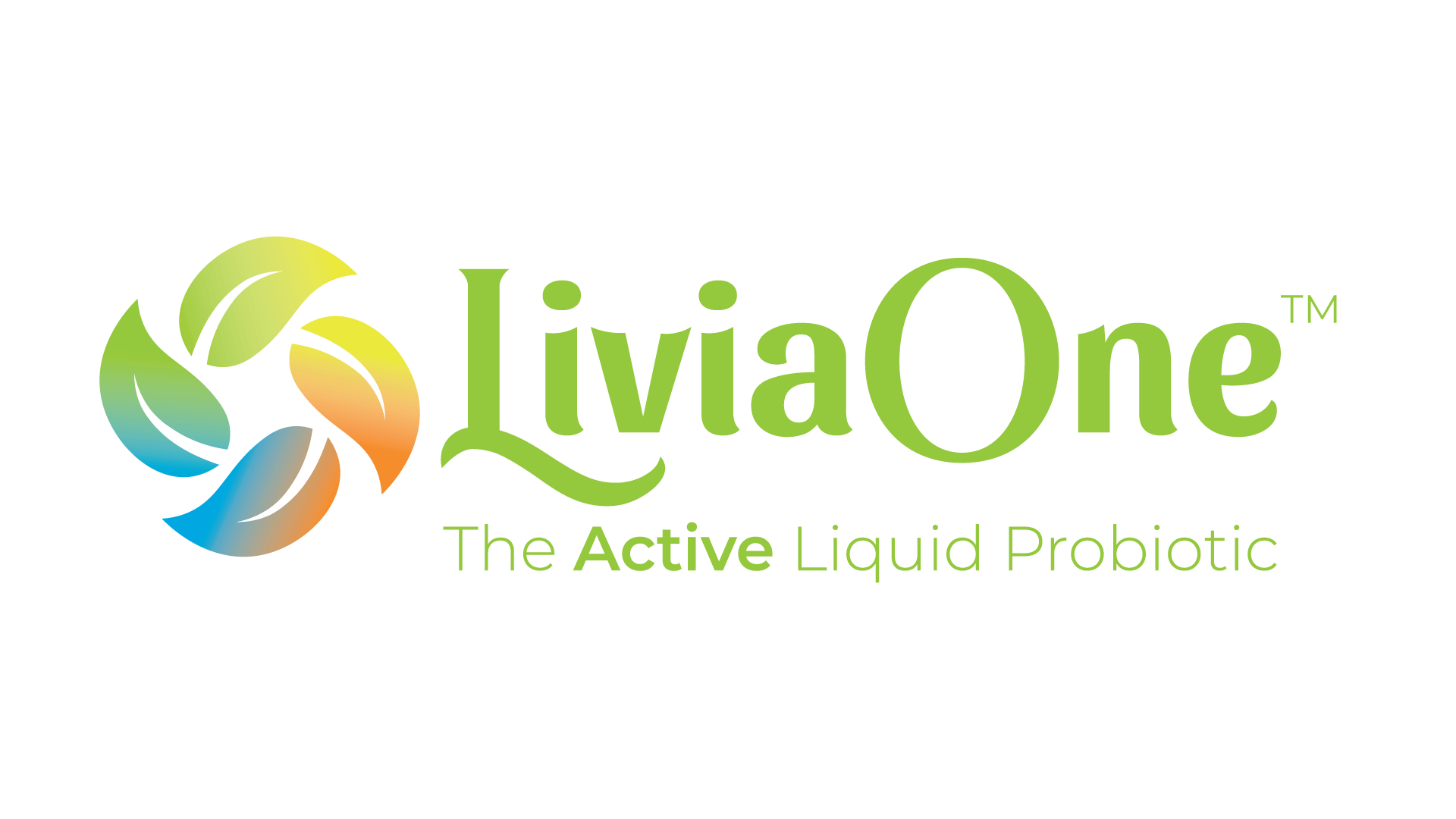Saccharomyces Cerevisiae
Introduction
Saccharomyces cerevisiae, which in Latin means "sugar fungus," has been utilized by humans for thousands of years. It is believed that it was first discovered on the skins of grapes. S. cerevisiae is a budding or brewing
Its deeply detailed cellular structure makes S. cerevisiae, also known as "brewers yeast," one of the most highly researched model organisms in the study of biology. It exists in single-cell form, or in
S. cerevisiae exists and grows in the haploid and diploid cellular forms. The haploid life cycle consists of mitosis, growth, and ultimately death, the latter more rapid under extremely stressful conditions. Diploid cells also undergo mitosis as well as growth, but in the same stressful circumstances can experience sporulation. Subsequent to sporulation, the cells undergo meiosis and produce a number of haploid spores. These haploid spores progress to mate.
Benefits of S. Cerevisiae
A probiotic in terms of its beneficial effects, S. cerevisiae has many properties from the most basic to highly advanced. When ingested in a quantity of two tablespoons daily, the commercially prepared product known as "nutritional yeast" provides 52 percent of the recommended daily amount (RDA) of protein. Nutritional yeast is also high in fiber, B vitamins
Nutritional yeast also has the presence of beta-1,3 glucans, which have been shown to stimulate the body's immune system. Researchers at the University of Louisville established a receptor found on the surface of certain immune cells is known for binding itself to beta-glucans, which permits the immune cells to recognize the beta-glucans as being dissimilar. (2) While some pharmaceutical drugs are capable of over-stimulating the body's immune system during therapy and are therefore not suitable for people with autoimmune illnesses, beta-glucans appear to assist the immune system without causing overactivity (3). Beta-glucans are also apparently capable of lowering LDL cholesterol levels, assisting in the healing of wounds and aid in the prevention of infections.
Beta-glucans derived from shiitake mushrooms have been applied as immunoadjuvant treatment for cancers since 1980. This therapy is particularly popular in Japan. Several studies indicate that beta-glucans can prevent the formation of tumors and the development of cancers. (4,5,6) In an experiment conducted with mice, beta 1,3 glucans administered with interferon gamma slowed the progress of tumors and metastasis to the liver. (7) It was also proved that among human colorectal cancer patients, ingestion of beta-1,3 glucans from shiitake mushrooms, along with chemotherapy, generated a longer rate of survival. (8)
Prepared yeast is also easily stored. Often vacuum-packed or sealed in individual doses, this form of S. cerevisiae is shelf-stable for approximately one year.
Safety of S. Cerevisiae
People have contact with S. cerevisiae daily, whether by way of inhalation or ingesting it as, perhaps, as
While S. cerevisiae is not generally regarded as an infective agent, a few isolated incidents listed the yeast as a factor in certain infections. Studies conducted in 1984 (10) indicated S. cerevisiae as being at least partially culpable in causing infections in patients. However, all of the patients observed had underlying health problems, and some had ingested antibiotics that killed off beneficial bacteria, giving rise to the mycotic organisms.
S. cerevisiae does not produce toxins that are harmful to humans or animals. However, it is capable of producing what
In very rare cases, S. cerevisiae causes vaginitis. According to a 1999 article in the Journal of Clinical Microbiology, a small but increasing number of isolations of S. cerevisiae were found in women of childbearing age. In a study conducted among these women, DNA typing isolated the yeast in women who had vaginitis symptoms, or who were asymptomatic. (11)
REFERENCES:
(1) "The History of Bread Yeast," British Broadcast Corporation, 2006.
(2) Vetvicka, V., Thornton B.P., Ross G.D. (1996-07-01). "Soluble Beta-Glucan Polysaccharide
(3) Chihara, G. (1992). "Recent Progress in Immunopharmacology and Therapeutic Effects of Polysaccharides." Developments in Biological Standardization, 77: 191 197.
(4) DiLuzio, N.R.; Williams D.L., McNamee R.B., Malshet V.G. (1980). "Comparative Evaluation of the Tumor Inhibitory and Antibacterial Activity of Solubilized and Particulate Glucan." Recent Results in CancerResearch. Fortschritte der Krebsforschung. Progr s
(5) Morikawa, K., Takeda, R., Yamazaki, M., Mizuno, D, (April 1985). "Induction of Tumoricidal Activity of Polymorphonuclear Leukocytes by a Linear Beta-1,3-D-Glucan and other Immunomodulators in Murine Cells." Cancer 45 (4): 1496 1501.
(6) Mansell, P.W., Ichinose, H., Reed, R.J., Krementz, E.T., McNamee, R., Di Luzio, N.R. (March 1975). "Macrophage-Mediated Destruction of Human Malignant Cells in Vivo." Journal of the National Cancer Institute 54 (3): 571 580.
(7) Sveinbj rnsson, B., Rushfeldt, C., Seljelid, R., Smedsr d, B. (May 1998). "Inhibition of Establishment and Growth of Mouse Liver Metastases after Treatment with Interferon Gamma and Beta-1,3-D-Glucan." Hepatology 27 (5): 1241 1248.
(8) Wakui, A., Kasai, M., Konno, K., Abe, R., Kanamaru, R., Takahashi, K., Nakai, Y., Yoshida, Y., Koie, H., Masuda, H., et al. (April 1986). "Randomized study of lentinan on patients with advanced gastric and colorectal cancer. Tohoku Lentinan Study Group" (in Japanese). Gan to
(9) Wolochow, H., Hildegrand, G.J
(10) Eng, R., Drehmel, R., Smith, S. and Goldstein, E. (1984). "Saccharomyces Cerevisiae Infections in Man," Medical Mycology 1984, 22, No. 5: 403-407.
(11) Posteraro, B., Sanguinetti, M., D'Amore, G., Masucci, L., Morace, G. and Fadda, G. (July 1999). "Molecular and Epidemiological Characterization of Vaginal Saccharomyces Cerevisiae Isolates," Journal of Clinical Microbiology, 37 (7): 2230-2235.
For more information:
 A complete description of probiotics, along with groundbreaking recent clinical research illustrating the many ways probiotics can prevent disease, can be found in Probiotics - Protection Against Infection: Using Nature's Tiny Warriors To Stem Infection. This new compendium from one of contributing authors of the content on this page, Dr. Casey Adams, PhD., takes the confusion out of selecting and supplementing with probiotics. Referencing over 500 scientific studies and reports, and with detailed instructions on how to make your own probiotic foods, this book is a must for anyone seeking to understand the power of
A complete description of probiotics, along with groundbreaking recent clinical research illustrating the many ways probiotics can prevent disease, can be found in Probiotics - Protection Against Infection: Using Nature's Tiny Warriors To Stem Infection. This new compendium from one of contributing authors of the content on this page, Dr. Casey Adams, PhD., takes the confusion out of selecting and supplementing with probiotics. Referencing over 500 scientific studies and reports, and with detailed instructions on how to make your own probiotic foods, this book is a must for anyone seeking to understand the power of
Please read this Disclaimer:
The contents of this site, such as text, graphics, images, information obtained from www.Probiotic.org licensors and other material ("Content") contained on this site is for informational purposes only. The Content is not intended to be a substitute for professional medical advice, diagnosis or treatment. Always seek the advice of your physician or

